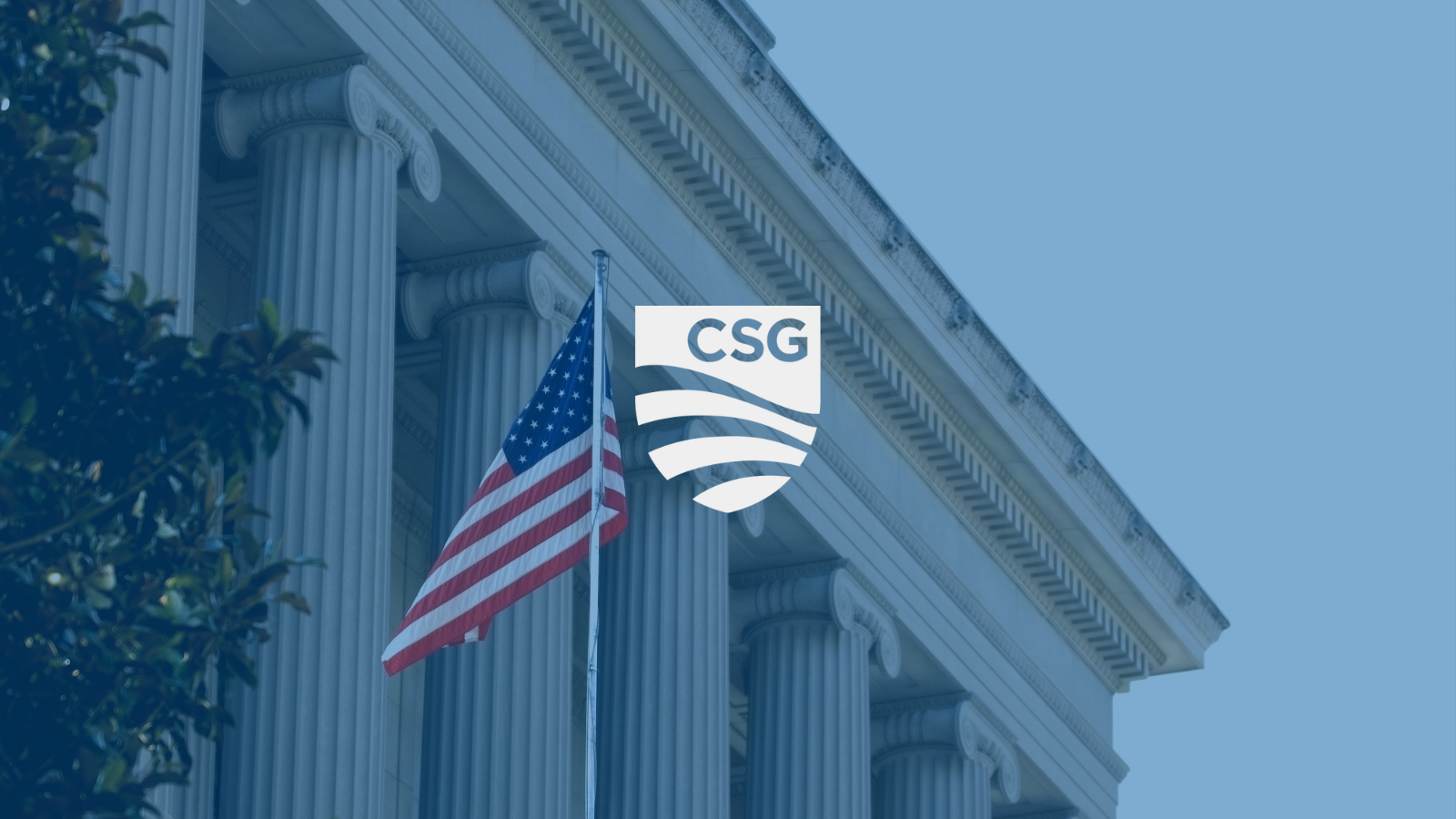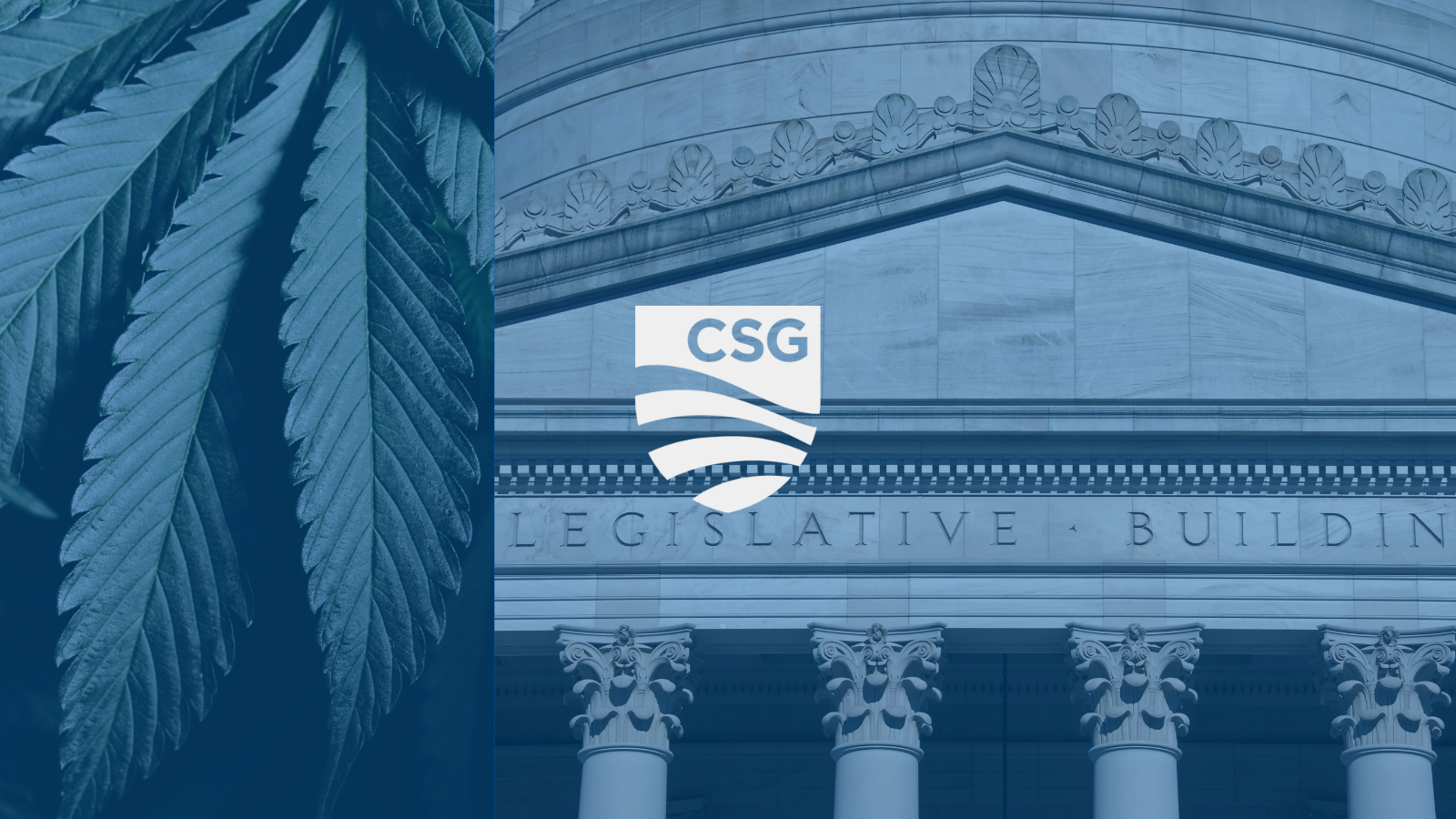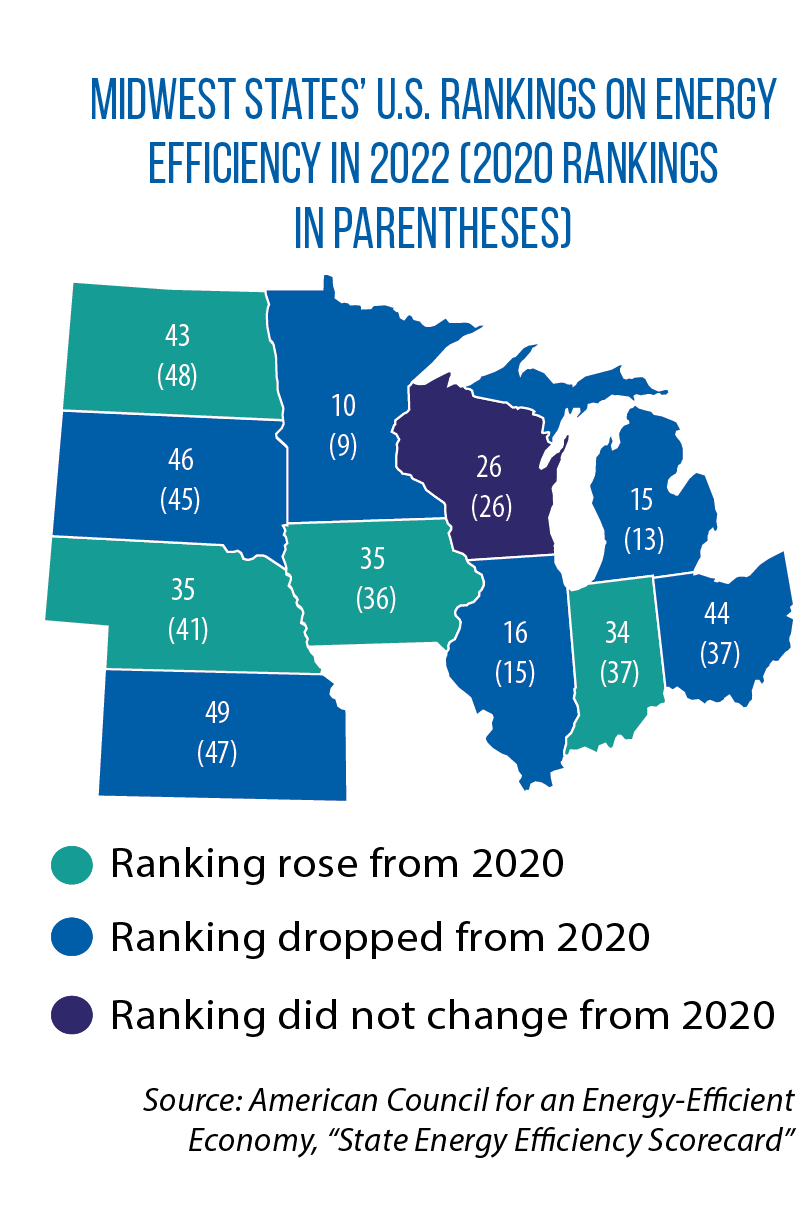By Jennifer Horton
The U.S. has a shortage of affordable and available rental homes for extremely low-income households — those whose incomes are at or below the poverty guideline, or 30% of their area median income, whichever is higher. There are just 36 affordable and available rental homes for every 100 low-income households — a deficit of 7 million homes nationwide. For extremely low-income renter households, 71% are severely cost burdened, meaning they spend more than half of their income on housing, making it more difficult to afford healthy food and health care.
In 2022, a person working full time in the U.S. needed to earn $25.82 an hour on average to afford a modest, two-bedroom rental home — $18.57 higher than the $7.25 federal minimum wage. In some states, the two-bedroom housing wage is even higher — up to more than $40 an hour. The average worker earning minimum wage would need to work almost 96-hours-per-week to afford a two-bedroom rental at the national average fair market rent of $1,324.
With the rapid increase in home and rent prices over the last several years, millions of low-income renters struggled to afford their rent even before the pandemic. The economic impacts of COVID-19 exacerbated the problem even further as low-wage workers lost income. While temporary eviction moratoriums and Treasury Emergency Rental Assistance programs kept millions of disadvantaged renters housed during the pandemic, as these programs end, the need for affordable housing for the lowest-income renters will not.
The pandemic also had a negative impact on the nationwide poverty rate, with the number of people living in poverty increasing by 3.3 million in 2020, leaving 11.4% of the population in poverty, struggling to avoid basic necessities like housing and putting them at risk of homelessness.
As of January 2020, the most recent date for which comprehensive data is available due to disruptions in surveying during the pandemic, there were 580,466 people experiencing homelessness in the United States. While this number has been steadily increasing since 2016, some subgroups of the overall homeless population, such as homeless veterans and homeless families with children, have seen significant reductions in homelessness. This is due, in part, to increased attention and resources, showing that reductions in homelessness are possible.
Rates of homelessness vary widely across the states. New York state has the highest rate at 46.9-per-100,000, while Mississippi has the lowest at 3.7-per-100,000. In some instances, the high rates could be attributed to high housing costs, while in others it could be attributed to high rates of poverty. Such nuances facing each state suggest a need for a variety of solutions.
Legislators have taken a range of approaches to address homelessness and increase affordable housing, including transitional housing, changing zoning laws and streamlining the development review process.
Homelessness
Housing First
Housing First (HF) is an evidence-based approach to ending homelessness that provides people with immediate access to housing and support services without preconditions. Based on the belief that people need to have their basic needs met before addressing other issues like employment or substance abuse, the HF model emphasizes client self-determination within a trauma-informed, harm-reduction framework. The model has been successful when applied to a range of circumstances, including families who became homeless due to a temporary crisis and chronically homeless individuals. The U.S. Department of Veterans Affairs cites HF as a best practice and uses it in its Housing and Urban Development Veterans Affairs Supportive Housing (HUD-VASH) program which currently serves almost 90,000 veterans across the U.S.
There are two common models that utilize the HF approach depending on a person’s needs and whether they need long or short-term assistance. One model, permanent supportive housing, provides long-term rental assistance and supportive services to individuals with chronic illnesses, disabilities, mental health issues, or substance use disorders who have experienced long-term or repeated homelessness. A second model, known as rapid re-housing, provides short-term rental assistance and services to help people obtain housing quickly and increase self-sufficiency so they can remain housed.
Research indicates people assisted through the HF model access housing faster and are more likely to remain housed, with studies showing a one-year housing retention rate ranging from 75-98%. The approach tends to also be cost-efficient, generating savings through reduced usage of emergency services, hospitals, jails and emergency shelters.
Through city council resolution number 20110728-031 passed in 2010, the city of Austin, Texas, directed the city manager to develop a comprehensive strategy to construct and operate permanent supportive housing units and prioritized the city’s affordable housing resources, including local and federal funding, for permanent supportive housing (PSH). Elected officials also pledged to create 350 housing units for those most vulnerable to homelessness by 2014. The goal was surpassed, leading to the passage of resolution number 20141002-043, which established PSH as the primary intervention to end homelessness in the city and set another target of 400 additional PSH units in four years.
California SB 1380 (2016) required all housing programs in the state to adopt the HF model, which it defined with specific core components.
Transitional Housing
Some states have paired rapid re-housing with Critical Time Intervention (CTI). Referred to as Critical Time Intervention for Rapid Re-Housing (CTI-RRH), the evidence-based model provides support for vulnerable individuals during periods of transition by facilitating housing stability, community integration and continuity of care. CTI has successfully supported a return to housing for people in a variety of situations, including those with serious mental illness, veterans and others experiencing homelessness.
Several states have implemented CTI-RRH or some form of transitional housing to prevent homelessness in vulnerable populations.
California CA A 592 (2021) requires a transitional housing unit with a host family to include supervised transitional housing services provided by the licensed transitional housing placement provider and authorized a transitional housing placement provider to provide supportive services to a non-minor dependent placed in a certified family home or resource family of a foster family agency if that provider signs a memorandum of understanding with the foster family agency.
In 2010, Connecticut leveraged the American Recovery and Reinvestment Act’s Homelessness Prevention and Rapid Re-Housing Program (HPRP) to expand its rapid re-housing services, re-housing 3,100 people in more than 1,600 households in three years. The Connecticut Coalition to End Homelessness looked at the outcomes for these 3,100 people and found that 82% of singles and 95% of families had not returned to a state shelter three years after being housed. Currently, the state’s Department of Housing’s rapid re-housing programs are conducting a pilot program directed by the National Alliance to End Homelessness and the Center for the Advancement of CTI implementing CTI as a way to prepare individuals for independent living.
The state’s Department of Housing was established by Public Act 12-1 as the lead agency for all housing-related matters, including housing development, community development, housing affordability, and individual and family support programming, and provides assistance funds to a wide variety of programs utilizing rapid re-housing and other methods to address homelessness.
Hawaii S 471 (2019) appropriated funds to homeless programs, including outreach, rapid re-housing, the Housing First Program, family assessment centers, law enforcement-assisted diversion programs, and coordinated statewide homelessness initiatives, and established and appropriated funds for a long-term rental assistance pilot program for certain categories.
New Hampshire HB 400 (2017) instructed the department of health and human services to develop a 10-year plan for mental health services, the findings of which were released in 2019 and led to the launch of a statewide CTI program designed to connect people discharging from psychiatric hospitalization with services and supports. The nine-month, no-cost program provides participants with help securing housing, finding employment, and arranging additional mental health and social supports to improve quality of life and prevent homelessness and/or readmission.
The Veterans Administration (VA) has developed a CTI toolkit to assist in the implementation and evaluation of CTI across 32 sites in seven regions over four years. While homelessness has been trending upward in recent years, veteran homelessness has gone down by 47% since 2009. Three states and 83 communities have announced they’ve ended veteran homelessness, defined as having systems in place that ensure homelessness is prevented or is rare, brief and occurs only once.
Washington WA H 1860 (2022) seeks to prevent homelessness among persons discharging from inpatient behavioral health settings, in part by mandating housing-related care coordination services.
West Virginia WV H 3304 (2021) authorized the Division of Corrections and Rehabilitation to establish a Reentry and Transitional Housing Program.
Affordable Housing
Zoning Changes to Facilitate the Construction of Higher-Density Housing
Florida Statute 163.31771 (2021) allows localities with a shortage of affordable rental housing to adopt an ordinance permitting accessory dwelling units in single-family residential areas to increase the availability of affordable housing for low and moderate-income individuals.
Massachusetts State Statute 40B enables local zoning boards of appeals to approve affordable housing developments under flexible rules if at least 20-25% of the units have long-term affordability restrictions.
Oregon HB 2001 (2019) implemented state-level legalization of “missing middle” housing. It expands the areas across the state available for duplex construction.
Streamlining Development Review Process
California Assembly Bill 2162 (2018) encourages the production of supportive housing statewide by mandating streamlined and expedited approval for such projects and the elimination of minimum parking requirements for developments located within half a mile of public transit.
Other
Iowa House File 772 (2019) amended the administration of the workforce housing tax incentive program, allocating $10 million to qualified housing projects in small cities located in counties that have been declared a major disaster and where individuals are eligible for federal individual assistance.
Additional Resources









